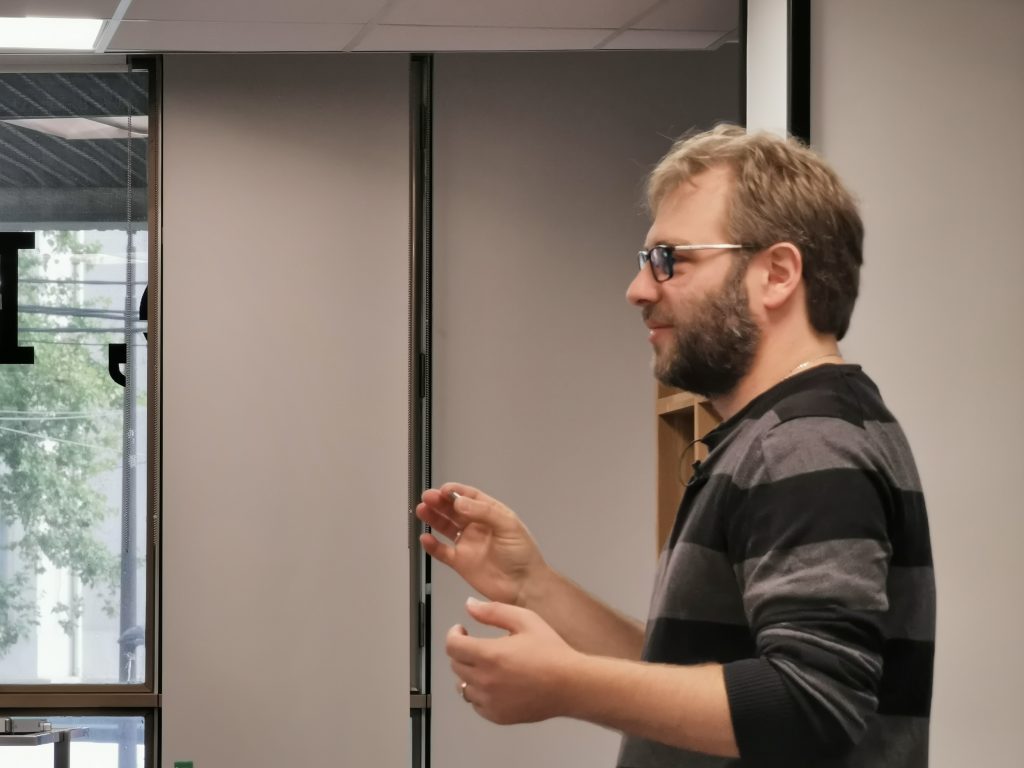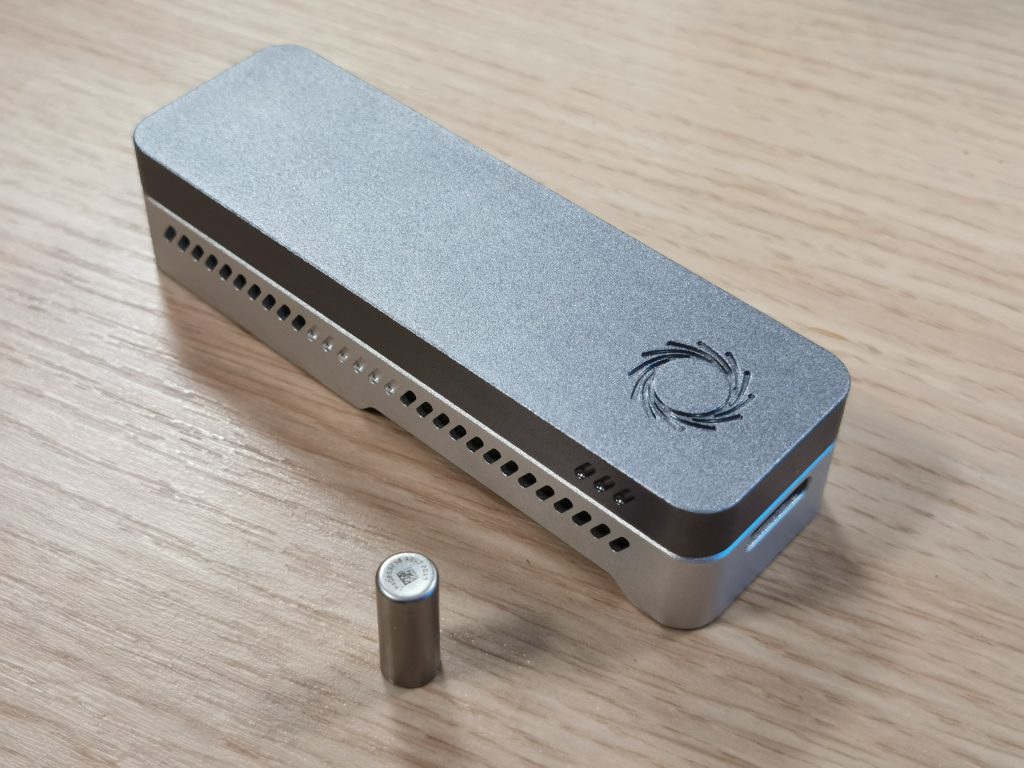We are at the dawn of the Big Data era. Digital information is growing at an almost exponential rate year after year – something that will inevitably continue to happen over the coming decades. It is a fact that humans are generating new information faster than it can be stored efficiently.
It is also true that storage media is being developed that can offer increasing capacity and persistence, but currently the lifetime of such media (optical, magnetic tape, hard disk or flash memory) is about 7 years, which is insufficient for certain areas where information needs to be stored for long periods of time for compliance reasons, or simply because the data may be important in the future.
This includes data that is archived, probably never to be used again, but needs to be kept somewhere. It is estimated that this information accounts for 70 percent of the total information generated, which is called WORN (Write Once Read Never) information.
Typically, magnetic tape drives are the medium used: they are inexpensive and a lot of information can be stored on them. But access to this data is sequential and very slow compared to other media.
In addition, all this information needs to be replicated from time to time and kept at a constant temperature and humidity, which is a significant cost for organisations.
DNA Drive
The digital transformation we are going through needs a storage revolution and the French company Biomemory is working on a project that could lead to such a revolution.
And it should be remembered that there is a type of storage technology that has not been developed by man, but which has been evolving for 4 billion years: DNA.
Into this comes Biomemory Labs (a spin-off of the French Sorbonne University created last year), which is developing a technology that has the potential to replace traditional storage media while reducing its high energy consumption. This technology is able to encode and organise data in double-stranded DNA molecules, i.e. it is able to synthetically replicate DNA in such a way that it can store any kind of information.
![]()
This is DNA Drive technology, which the company defines as a bio-secure, biocompatible DNA data storage strategy with unlimited capacity.
The stability of DNA outperforms that of any other medium by a landslide. This is demonstrated by the accurate recovery of DNA from a mammoth that lived a million years ago, for example.
Its density is also spectacular.
According to Biomemory, it is 4.5×10 raised to 20 bytes per gram of DNA, i.e. 0.45 Zettabytes could be stored in one gram of DNA.
All the digital data generated by humanity in 2019 (45 Zettabytes) could be stored in 100 grams of DNA.
Moreover, the stored DNA needs no energy as the molecules are completely stable under the right conditions.
Significant progress in encoding data into synthetic DNA sequences “in-vitro” through a series of algorithms was already shown in 2012, but there were several limitations such as low storage density or slowness in writing or reading the information.
Biomemory’s approach to overcoming these limitations in storing information in DNA is based on using biological processes and the properties of living organisms.
DNA Drive uses double-stranded DNA molecules as a physical carrier, compatible with in-vitro and in-vivo manipulation.

“Once such molecules have been constructed, they can be introduced into living organisms for further manipulation. Our technology allows a multi-scale physical organisation that enables random access, facilitates assembly after sequencing and offers unlimited capacity”, Biomemory’s managers pointed out during the last IT Press Tour (the press event where Silicon Spain had the opportunity to get to know this technology in detail).
Encoding the data
Without going into too much technical detail (this author has limited knowledge of biology), Biomemory has developed an algorithm called RISE (Random In-Silico Evolution), capable of encoding and assembling the information from the binary state (0 / 1) to the quaternary state (A / C / G / T) characteristic of nucleotide sequences to ensure compatibility with DNA.
The DNA Drive structure is composed of storage units called sectors. Each sector is composed of a data block of adjustable length where the information is stored.
![]()
Biomemory has units already in operation. In fact, it has demonstrated its capabilities with the encoding of historical texts based on the French Revolution: “La Déclaration des droits de l’homme et du citoyen” (1789) and “La Déclaration des droits de la femme et de la citoyenne” (Olympe de Gouges, 1791).
Both are assembled and stored in metal capsules called DNAshell (in the cover image), which will ensure their stability for hundreds of years and their reading with 100% fidelity.

DNA Drive and a DNAshell capsule
Biomemory admits that there is still a long way to go, especially when it comes to encoding and storing information. It is still a very slow process that needs to be developed to one day be viable as a product. But he also points out that something very similar happened in the 1960s with traditional computing where nobody would have bet a cent on its development to what it is today.
Will DNA Drive become the next big revolution (and standard) in mass data storage? We will see in a few years.
Original article here.
Translated with www.DeepL.com/Translator (free version)





